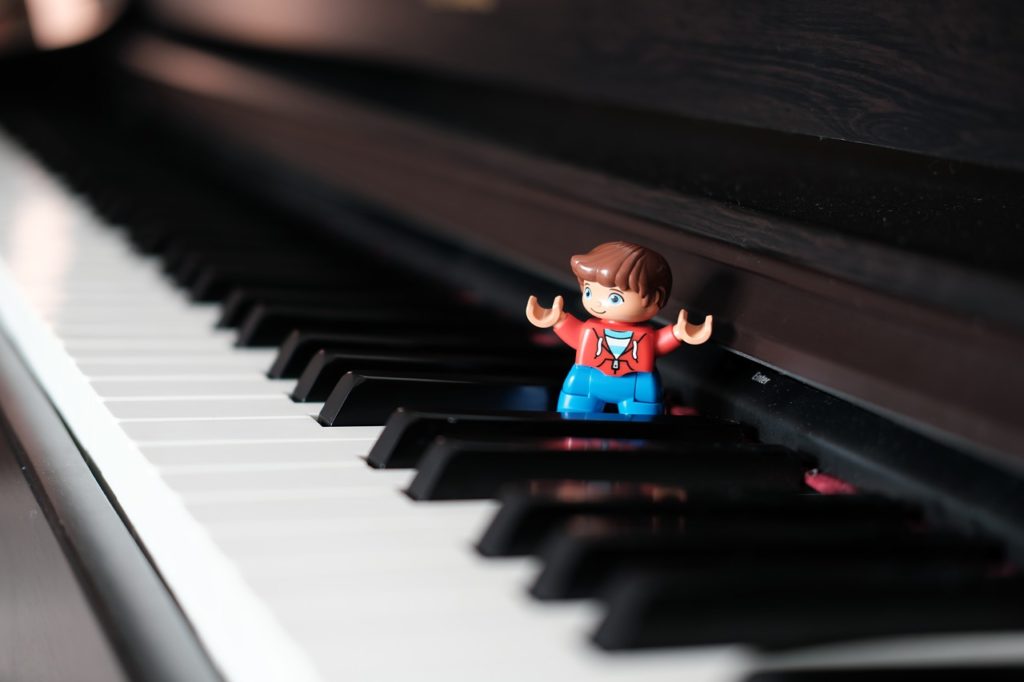Do your students get the deer-in-the-headlights look when you quiz them on rhythm? Are you looking for a great way to engage your kids when working on clapping? Legos make a fun way to help your students get rhythm. All you need are Legos and a marker. Read more to learn about Lego rhythm manipulatives.
So, what’s a manipulative? The website psichologyanswers.com defines it as, “… any concrete objects that allow students to explore an idea in an active, hands-on approach.” Manipulatives get used a lot in math classrooms, but also work well for music teaching.
This post is an example of the “More” in the Color Coding & More blog category. The power of manipulatives stems from the students touching the objects, adding an extra dimension to their multisensory learning. However, color coding can be included as well. More on this in a bit.
You can use manipulatives with any student, but students with ADD, LD, ASD, and other special needs will particularly benefit.
So, how exactly do you work with the Lego rhythm manipulatives? Read the next section to find out.
This post uses music terms. For definitions, see the Glossary at the end.


